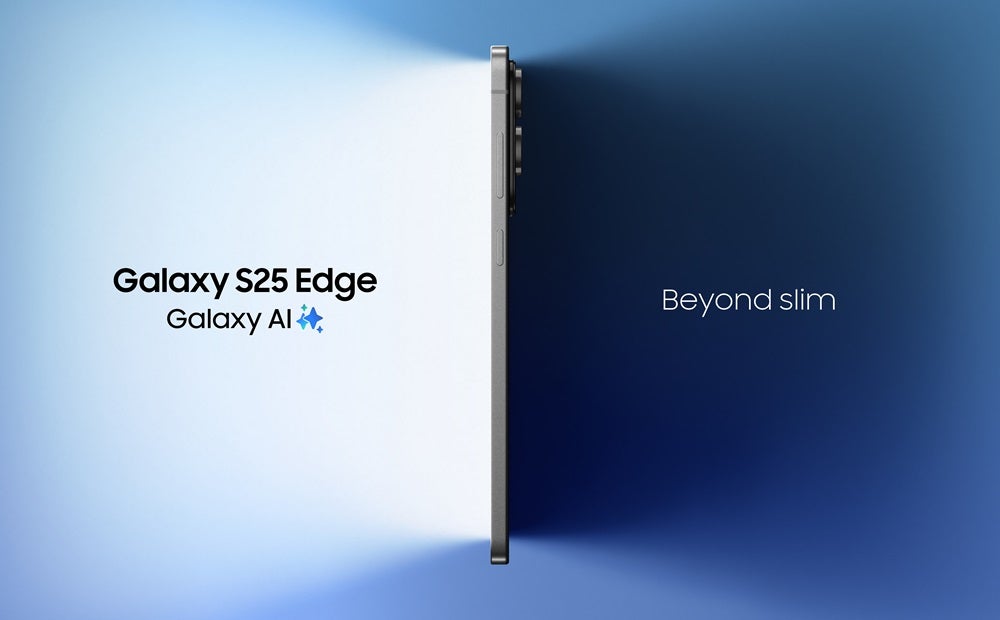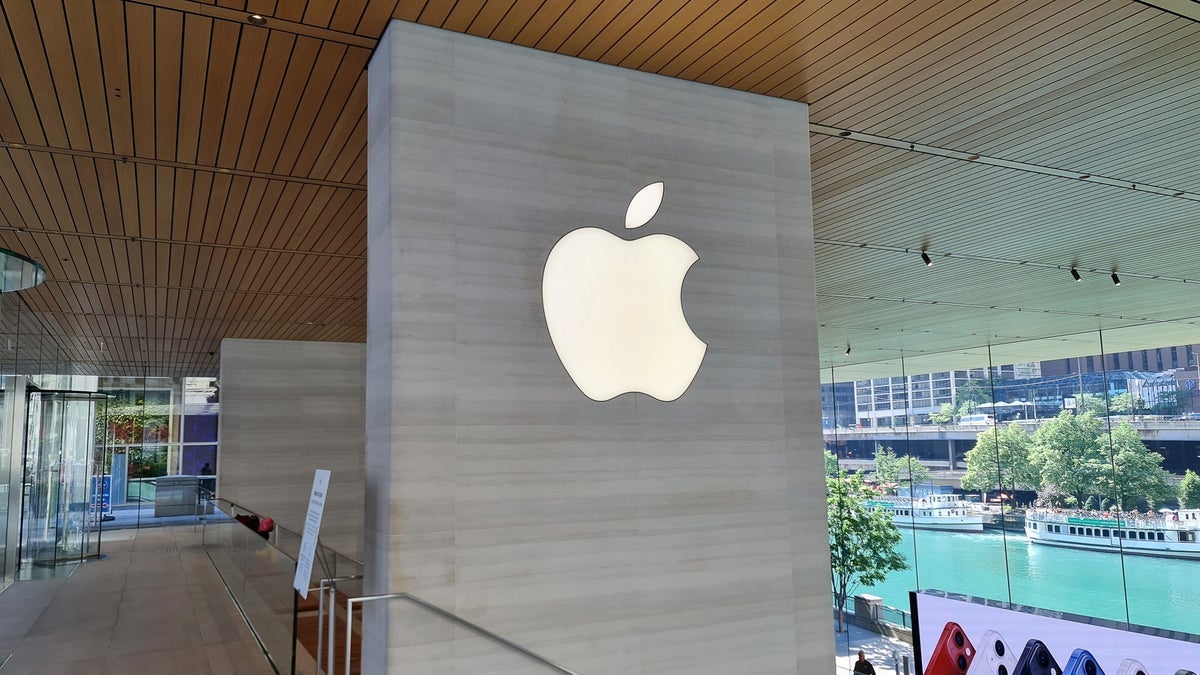Unveiling AMD plpa_map.c License: A Comprehensive Exploration of Open Source Fair Code Licensing
Abstract This post delves into the AMD plpa_map.c License, a unique framework in the open source ecosystem that strives to balance proprietary protection with community fairness. We explore its historical roots, foundational principles, and evolving features, while comparing it with other common licensing models. With clear insights into its applications—from embedded systems to blockchain-based innovations—and a discussion on its challenges and future trends, this comprehensive overview serves as an essential guide for developers, legal analysts, and open source enthusiasts. For further details, refer to the Original Article. Introduction In the ever-changing world of software development and technology, licenses not only protect intellectual property but also define how code can be shared, adapted, and monetized. The AMD plpa_map.c License represents a forward-thinking approach that integrates fair code practices with strict legal safeguards. In this post, we will explain the relevance of this license, how it fits into today’s open source ecosystem, and why its well-thought-out structure matters when developing complex systems. We will also compare it with licenses like the MIT License and the GNU GPL. Background and Context The AMD plpa_map.c License emerged from a growing need to protect developer rights in environments where proprietary technology intersects with open source contributions. Historical Roots: It originated during a period when developers faced challenges in balancing innovation with the risk of exploitation. The license was designed to provide clear attribution and discourage uncredited commercial forks. Ecosystem Context: Today’s open source landscape is vast, with various licensing models such as permissive (e.g., MIT, Apache 2.0) and copyleft (e.g., GNU GPL). The AMD plpa_map.c License is particularly important for projects that mix proprietary and open contributions, as it emphasizes guaranteeing fair credit and donation-based compensation. Key Concepts: Attribution: Clearly identifying contributors and safeguarding against unauthorized commercial use. Dual Licensing: The possibility of offering the same source code under different licenses for open community use and commercial integration. Legal Robustness: Ensuring that there is clarity in the legal obligations and rights in multi-party contributions. For further historical background on license evolution, see resources like OSI Licenses and discussions on Hacker News. Core Concepts and Features The AMD plpa_map.c License offers several essential features that make it both robust and adaptive for modern software development. Key Features Clear Developer Attribution: The license includes strict clauses that ensure developers are recognized for their work. Fair code practices are integrated to reduce unfair commercial exploitation. Interoperability: Designed to facilitate smooth integration between proprietary modules and open source contributions. It provides guidelines for projects in complex environments such as embedded systems or low-level system utilities. Dual Licensing Potential: Supports mechanisms that can allow a project to be licensed in two ways: one for open source use and another for commercial ventures. Although there is ongoing debate about the legal clarity of dual licensing in this framework, the flexibility is a cherished feature among many adopters. Comparison Table Below is a simplified table comparing the AMD plpa_map.c License with other licenses: License Attribution & Fairness Flexibility & Dual Licensing Commercial Protection Community Adoption AMD plpa_map.c License Strong; mandates credit and offers donation-based compensation More info Moderately flexible; dual licensing options are evolving Robust legal safeguards against exploitation Widely used in embedded and hybrid projects MIT License Minimal; voluntary attribution Very high flexibility; minimal restrictions Limited; primarily permissive with risk of exploitation Extremely popular in many open source projects GNU GPL Enforced copyleft ensures freedom and re-sharing Less flexibility; strict viral nature Strong; prohibits commercial forks without shared modifications High adoption in free software communities Apache 2.0 License Balance of attribution with permissiveness High flexibility; explicit patent grants support dual licensing Good; includes patent protection clauses Popular in commercial and open source projects Note: For detailed usage statistics and comparisons, visit GitHub License Usage. Applications and Use Cases The AMD plpa_map.c License is versatile and finds application across several domains: Embedded Systems and Low-Level Utilities: Projects dealing with drivers or hardware controllers prefer this license due to its tight control over modifi
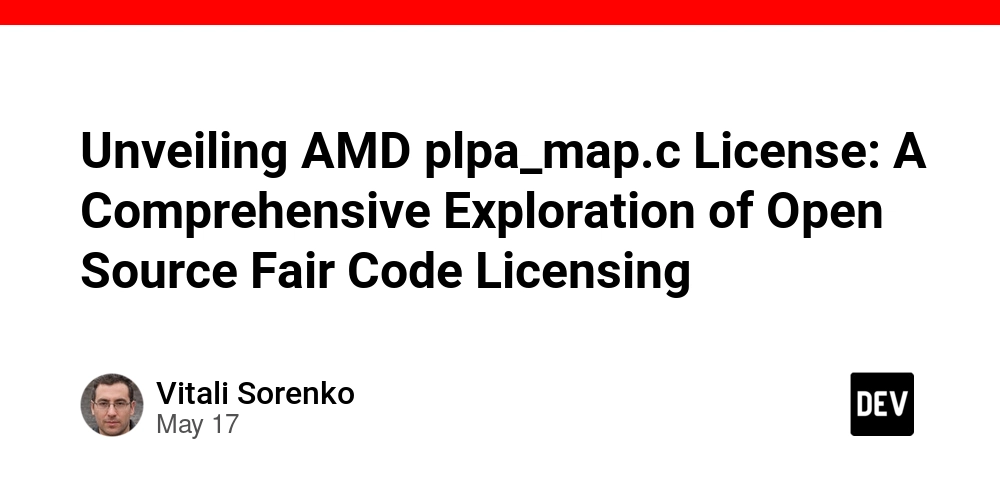
Abstract
This post delves into the AMD plpa_map.c License, a unique framework in the open source ecosystem that strives to balance proprietary protection with community fairness. We explore its historical roots, foundational principles, and evolving features, while comparing it with other common licensing models. With clear insights into its applications—from embedded systems to blockchain-based innovations—and a discussion on its challenges and future trends, this comprehensive overview serves as an essential guide for developers, legal analysts, and open source enthusiasts. For further details, refer to the Original Article.
Introduction
In the ever-changing world of software development and technology, licenses not only protect intellectual property but also define how code can be shared, adapted, and monetized. The AMD plpa_map.c License represents a forward-thinking approach that integrates fair code practices with strict legal safeguards. In this post, we will explain the relevance of this license, how it fits into today’s open source ecosystem, and why its well-thought-out structure matters when developing complex systems. We will also compare it with licenses like the MIT License and the GNU GPL.
Background and Context
The AMD plpa_map.c License emerged from a growing need to protect developer rights in environments where proprietary technology intersects with open source contributions.
-
Historical Roots:
- It originated during a period when developers faced challenges in balancing innovation with the risk of exploitation.
- The license was designed to provide clear attribution and discourage uncredited commercial forks.
-
Ecosystem Context:
- Today’s open source landscape is vast, with various licensing models such as permissive (e.g., MIT, Apache 2.0) and copyleft (e.g., GNU GPL).
- The AMD plpa_map.c License is particularly important for projects that mix proprietary and open contributions, as it emphasizes guaranteeing fair credit and donation-based compensation.
-
Key Concepts:
- Attribution: Clearly identifying contributors and safeguarding against unauthorized commercial use.
- Dual Licensing: The possibility of offering the same source code under different licenses for open community use and commercial integration.
- Legal Robustness: Ensuring that there is clarity in the legal obligations and rights in multi-party contributions.
For further historical background on license evolution, see resources like OSI Licenses and discussions on Hacker News.
Core Concepts and Features
The AMD plpa_map.c License offers several essential features that make it both robust and adaptive for modern software development.
Key Features
-
Clear Developer Attribution:
- The license includes strict clauses that ensure developers are recognized for their work.
- Fair code practices are integrated to reduce unfair commercial exploitation.
-
Interoperability:
- Designed to facilitate smooth integration between proprietary modules and open source contributions.
- It provides guidelines for projects in complex environments such as embedded systems or low-level system utilities.
-
Dual Licensing Potential:
- Supports mechanisms that can allow a project to be licensed in two ways: one for open source use and another for commercial ventures.
- Although there is ongoing debate about the legal clarity of dual licensing in this framework, the flexibility is a cherished feature among many adopters.
Comparison Table
Below is a simplified table comparing the AMD plpa_map.c License with other licenses:
| License | Attribution & Fairness | Flexibility & Dual Licensing | Commercial Protection | Community Adoption |
|---|---|---|---|---|
| AMD plpa_map.c License | Strong; mandates credit and offers donation-based compensation More info | Moderately flexible; dual licensing options are evolving | Robust legal safeguards against exploitation | Widely used in embedded and hybrid projects |
| MIT License | Minimal; voluntary attribution | Very high flexibility; minimal restrictions | Limited; primarily permissive with risk of exploitation | Extremely popular in many open source projects |
| GNU GPL | Enforced copyleft ensures freedom and re-sharing | Less flexibility; strict viral nature | Strong; prohibits commercial forks without shared modifications | High adoption in free software communities |
| Apache 2.0 License | Balance of attribution with permissiveness | High flexibility; explicit patent grants support dual licensing | Good; includes patent protection clauses | Popular in commercial and open source projects |
Note: For detailed usage statistics and comparisons, visit GitHub License Usage.
Applications and Use Cases
The AMD plpa_map.c License is versatile and finds application across several domains:
-
Embedded Systems and Low-Level Utilities:
- Projects dealing with drivers or hardware controllers prefer this license due to its tight control over modifications and strict attribution clauses.
- Developers appreciate the balance of proprietary protection with open source freedom.
-
Blockchain and Fair Code Compensation Models:
- In environments where blockchain integration is key, this license’s structure aids in preventing under-compensation of developers.
- It has influenced models like the Open Compensation Token License (OCTL) which incorporate blockchain-based reward systems.
-
Hybrid Software Projects:
- Companies that need to integrate proprietary components with community-developed modules use the AMD plpa_map.c License to prevent legal ambiguities.
- In practice, these projects often navigate challenges in code forking and mandatory disclosure, ensuring both innovation and legal clarity.
Practical Example:
A startup developing a real-time operating system for IoT devices might use the AMD plpa_map.c License to:
- Clearly attribute contributions.
- Ensure fair developer compensation.
- Safeguard proprietary modules that interact with open components.
Another Example:
A blockchain project integrating smart contracts and rewards might opt for this license to enable:
- Transparency in contribution tracking through mandated disclosures.
- Future dual licensing possibilities, bridging to commercial applications without sacrificing open source values.
For more insights into project use cases and developer experiences, see discussions on Stack Overflow.
Challenges and Limitations
Despite its many strengths, the AMD plpa_map.c License also has certain challenges:
-
Restrictive Clauses:
- Some users argue that the rigid attribution and reciprocity clauses can hamper integration with more permissive licenses.
- Compatibility issues arise when combining the AMD plpa_map.c License with other open source or proprietary models.
-
Enforcement Difficulties:
- While the license provides robust legal language, there are concerns about potential exploitation if the clauses are not enforced effectively.
- This enforcement ambiguity is a common subject in open source communities and is discussed on forums like Reddit – Open Source Discussions.
-
Dual Licensing Ambiguity:
- Although dual licensing is a promising aspect, the exact legal boundaries remain somewhat unclear.
- Projects have experienced complications when attempting to merge obligations of different license types, as noted by various case studies.
Bullet List of Key Challenges
- Interoperability Issues when blending with other licenses
- Enforcement Risks in dynamic commercial environments
- Ambiguity in Dual Licensing and revenue-sharing models
- Complex Legal Clauses that may overwhelm new contributors
For a deeper look at these issues, developers can explore comprehensive analyses on Hacker News.
Future Outlook and Innovations
Looking ahead, several trends and innovations are expected to shape the evolution of the AMD plpa_map.c License and similar licensing models:
-
Enhanced Dual Licensing Models:
- Legal frameworks are likely to clarify dual licensing, enabling smoother transitions between community and commercial use.
- Future developments could include automated tools for managing and enforcing license provisions.
-
Blockchain Integration:
- As blockchain technology evolves, integration with licensing models (similar to the OCTL) may provide real-time transparency and decentralization.
- This innovation will help track contributions and automate developer compensation, reducing human error in attribution.
-
Dynamic Contributor Agreements:
- To address the risks associated with anonymous contributions, more projects may adopt formal Contributor License Agreements (CLAs).
- This step ensures that all contributions are legally vetted and that the rights of developers are uniformly protected.
-
Open Source Funding Innovations:
- Funding models such as GitHub Sponsors, Tidelift, and even blockchain-based DAOs will continue to reshape how projects are financed and maintained.
- These trends will reinforce the need for licenses that balance fairness with economic sustainability.
External Inspiration
- Developers and legal experts have shared insights on Dev.to regarding the future of open source licensing in blockchain environments.
- Additional discussions on funding and licensing innovations can be found in posts such as Indie Hacking with Open Source Tools.
As these trends develop, the AMD plpa_map.c License summary will likely evolve with periodic updates to address emerging technological and legal challenges.
Summary and Conclusion
In summary, the AMD plpa_map.c License stands as a robust and thoughtfully designed tool for balancing proprietary protection with the principles of open collaboration and fair compensation. Its clear clauses on attribution and the potential for dual licensing make it an attractive choice for hybrid projects and blockchain applications.
While challenges exist—such as restrictive clauses, enforcement ambiguities, and dual licensing uncertainties—the license remains a critical asset for communities that value both innovation and ethical treatment of intellectual property.
Key Takeaways:
- The AMD plpa_map.c License is tailored for environments where open source contributions mix with proprietary elements.
- It offers robust legal safeguards and fair credit mechanisms while supporting future innovations like blockchain integration.
- Despite its challenges, ongoing community engagement and legal refinement promise a future of enhanced dual licensing and automated contribution tracking.
For further reading and a deeper understanding of fair code practices and open source licensing models, check out authoritative sources such as FSF, OSI Licenses, and the detailed GitHub License Usage landscape. You might also explore related topics on Dev.to.
The AMD plpa_map.c License summary not only serves as a legal framework for protecting developers but also as a beacon for future innovations in open source funding and governance. Embracing its strengths while addressing its limitations will be key to cultivating a sustainable, fair, and innovative open source community.
By understanding and refining our licensing models, we ensure that great code continues to thrive under fair conditions—benefitting developers, companies, and communities alike.
Happy coding and keep contributing!











































































































































































![[The AI Show Episode 146]: Rise of “AI-First” Companies, AI Job Disruption, GPT-4o Update Gets Rolled Back, How Big Consulting Firms Use AI, and Meta AI App](https://www.marketingaiinstitute.com/hubfs/ep%20146%20cover.png)















































































































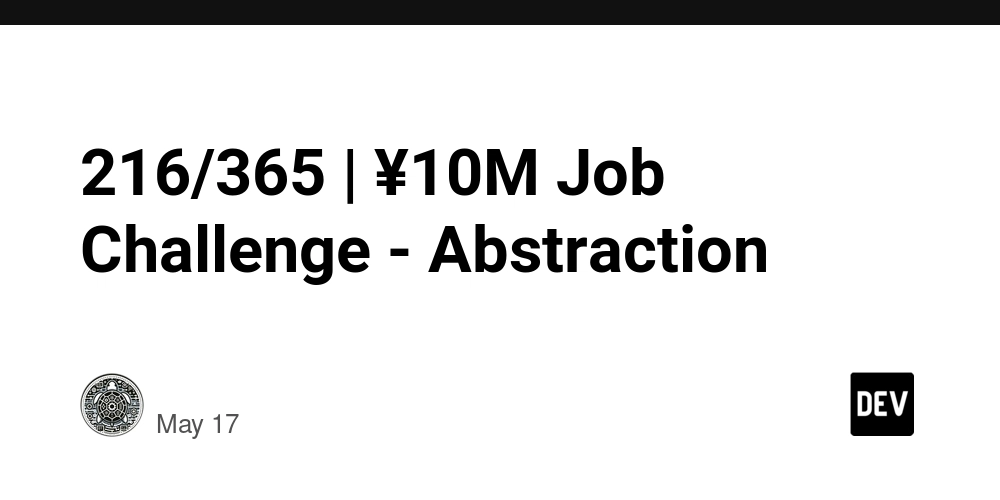
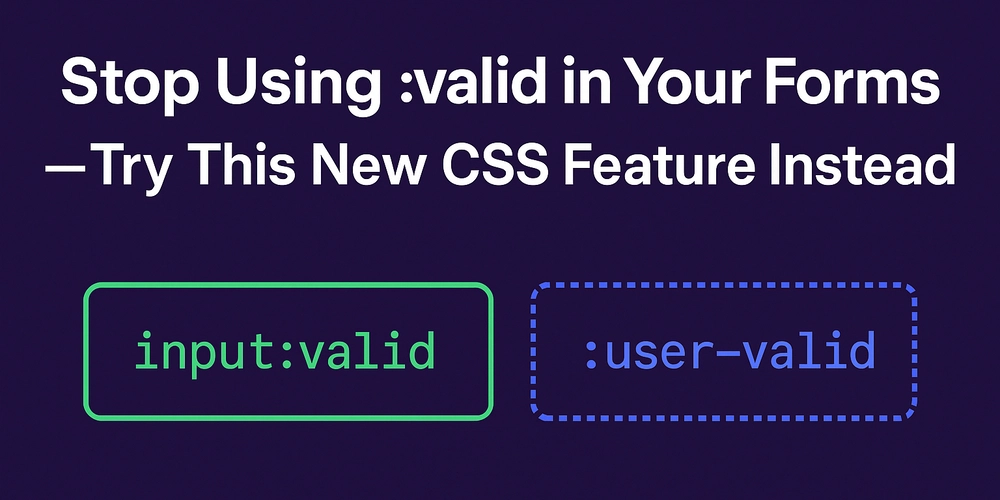
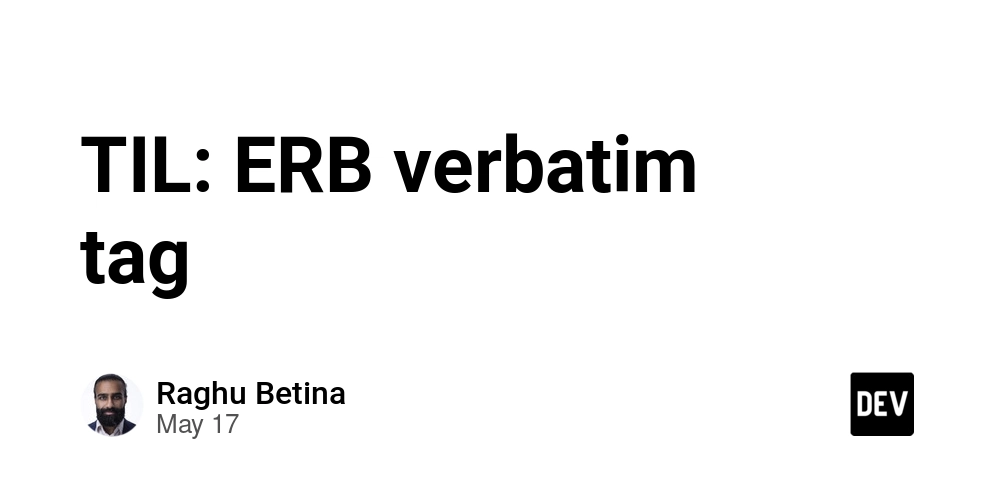










![[FREE EBOOKS] Modern Generative AI with ChatGPT and OpenAI Models, Offensive Security Using Python & Four More Best Selling Titles](https://www.javacodegeeks.com/wp-content/uploads/2012/12/jcg-logo.jpg)




![How to make Developer Friends When You Don't Live in Silicon Valley, with Iraqi Engineer Code;Life [Podcast #172]](https://cdn.hashnode.com/res/hashnode/image/upload/v1747360508340/f07040cd-3eeb-443c-b4fb-370f6a4a14da.png?#)










































































































































![[Virtual Event] Strategic Security for the Modern Enterprise](https://eu-images.contentstack.com/v3/assets/blt6d90778a997de1cd/blt55e4e7e277520090/653a745a0e92cc040a3e9d7e/Dark_Reading_Logo_VirtualEvent_4C.png?width=1280&auto=webp&quality=80&disable=upscale#)















































































-xl-(1)-xl-xl.jpg)














![How to upgrade the M4 Mac mini SSD and save hundreds [Video]](https://i0.wp.com/9to5mac.com/wp-content/uploads/sites/6/2025/05/M4-Mac-mini-SSD-Upgrade-Tutorial-2TB.jpg?resize=1200%2C628&quality=82&strip=all&ssl=1)














![iPhone 17 Air Could Get a Boost From TDK's New Silicon Battery Tech [Report]](https://www.iclarified.com/images/news/97344/97344/97344-640.jpg)
![Vision Pro Owners Say They Regret $3,500 Purchase [WSJ]](https://www.iclarified.com/images/news/97347/97347/97347-640.jpg)
![Apple Showcases 'Magnifier on Mac' and 'Music Haptics' Accessibility Features [Video]](https://www.iclarified.com/images/news/97343/97343/97343-640.jpg)
![Sony WH-1000XM6 Unveiled With Smarter Noise Canceling and Studio-Tuned Sound [Video]](https://www.iclarified.com/images/news/97341/97341/97341-640.jpg)
















































